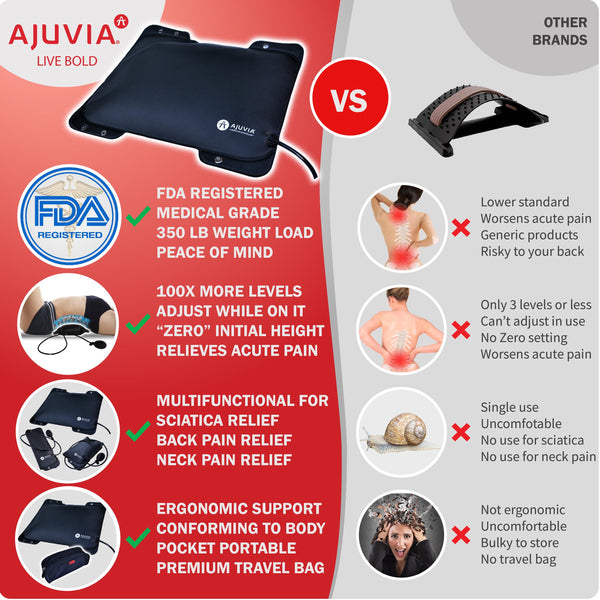


Compression of the cervical spinal cord or the nerves can occur due to degenerative changes in the vertebral bones or intervertebral discs (rheumatoid arthritis or osteoarthritis), trauma, abnormal spine alignment, infection or a tumor, leading to neck pain, stiffness or weakness in the arms or legs in the area where the nerve supplies. Nerves exit the spinal cord through spaces between each vertebral bone. It carries and protects nerves that travel between your brain and the rest of the body. It is made up of seven vertebral bones that surround and protect the spinal cord (bundle of nerves) in this region. There is a small risk associated with general anaesthesia (heart problems, chest complications, blood clots, infection) and these risks may increase with certain medical conditions.The cervical spine is the part of the spine that is located in the neck area.

If your risk of worsening of spinal cord function is felt to be higher than normal (for example, if you have severe spinal cord compression) then your surgeon may discuss with you the use of intra-operative spinal cord monitoring. Neurological injury to a spinal nerve or spinal cord is rare, but can result in serious problems such as numbness, weakness or paralysis in the limbs or problems with bladder, bowel or sexual dysfunction. There is a small risk of wound infection (5%), bleeding (1%) or spinal fluid leak (2-3%). Around 60-65% of patents see their symptoms stabilise and about 30% see some improvement in spinal cord symptoms. This is because the spinal cord has limited capacity for recovery after injury. In cases of spinal cord compression, the aim is to stabilise neurological function rather than to reverse neurological disability that is already present. If numbness or weakness are present before the operation, then these may recover over a time period of months. Patient satisfaction rates are 85-90% and we would expect 90% of patients to experience significant relief of arm pain. If you have any questions about your post-operative care, then your surgeon will be happy to speak to you directly. It is normally recommended that you have 4-6 weeks off work after cervical disc surgery. The most important message following a posterior cervical decompression is to avoid lifting any significant weights for the first few weeks following surgery. It is recommended that you do not drive a car for two weeks and that you do not work full-time for four to six weeks. A wound drain, if present, is removed by nursing staff the following morning and you will be reviewed by your physiotherapist. Post-operatively, you will be able to mobilise a few hours following surgery. The wound is closed in layers, sometimes with a wound drain.
#Neck decompressor free#
Once your surgeon has ascertained the correct spinal level with an x-ray, bone and ligament is removed resulting in decompression of the affected nerve root and/or spinal cord.Ī thorough check is made that the nerves and spinal cord are free from compression. The spinal muscles are retracted and spine exposed.

Under general anaesthetic, a small incision is made in the back of the neck. In cases of severe spinal cord compression, early surgery is likely to be recommended. Non-operative treatment will include pain relief, physiotherapy and sometimes an cervical epidural injection of steroid. Surgery is normally recommended after failed non-operative treatment. The operation is performed to relieve pressure on a nerve that is causing arm pain or pressure on the spinal cord that is causing problems with hand function and walking. Why is a posterior cervical decompression recommended? A posterior cervical decompression is an operation to relieve pressure on a nerve or spinal cord in the neck via a scar on the back of the neck.


 0 kommentar(er)
0 kommentar(er)
